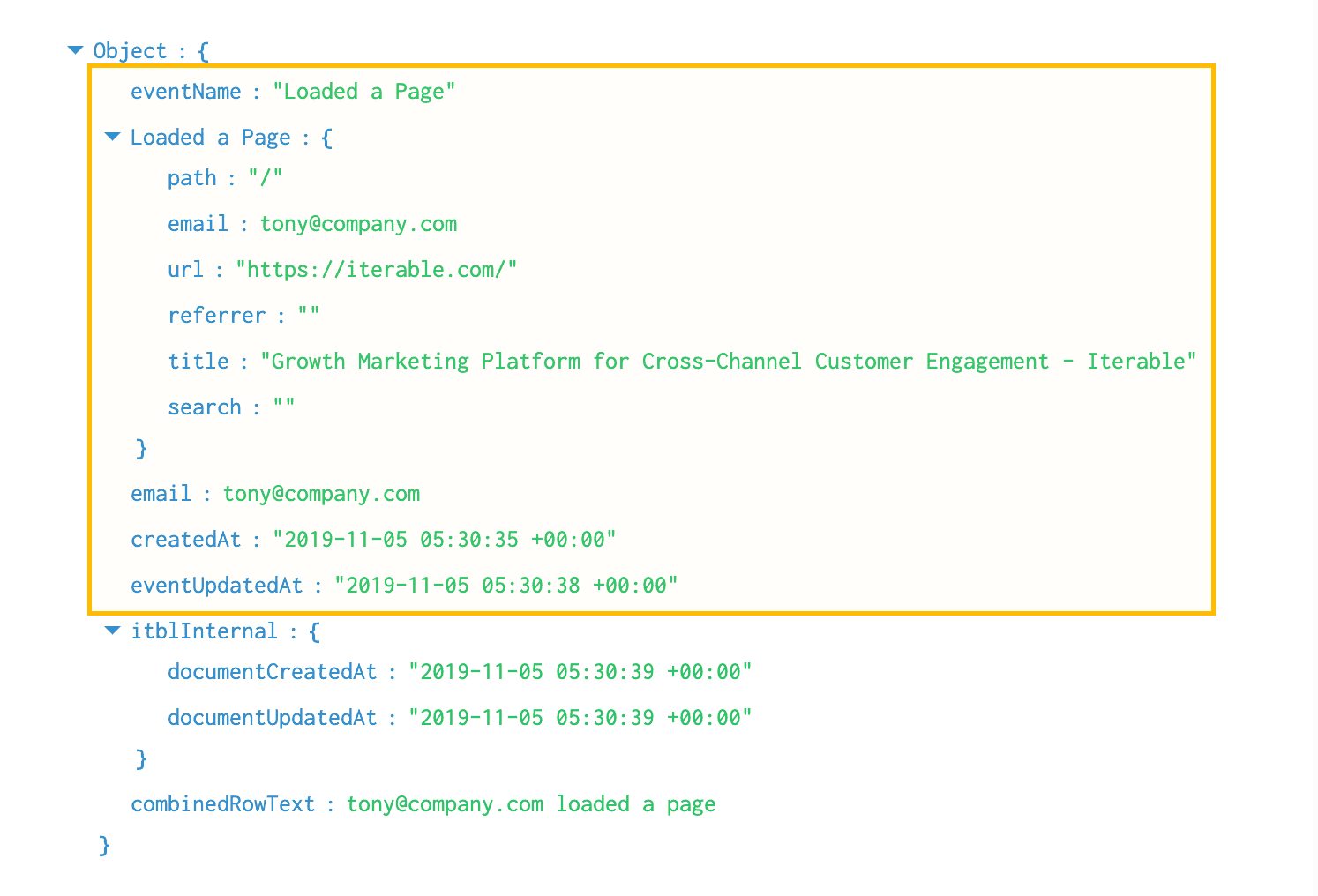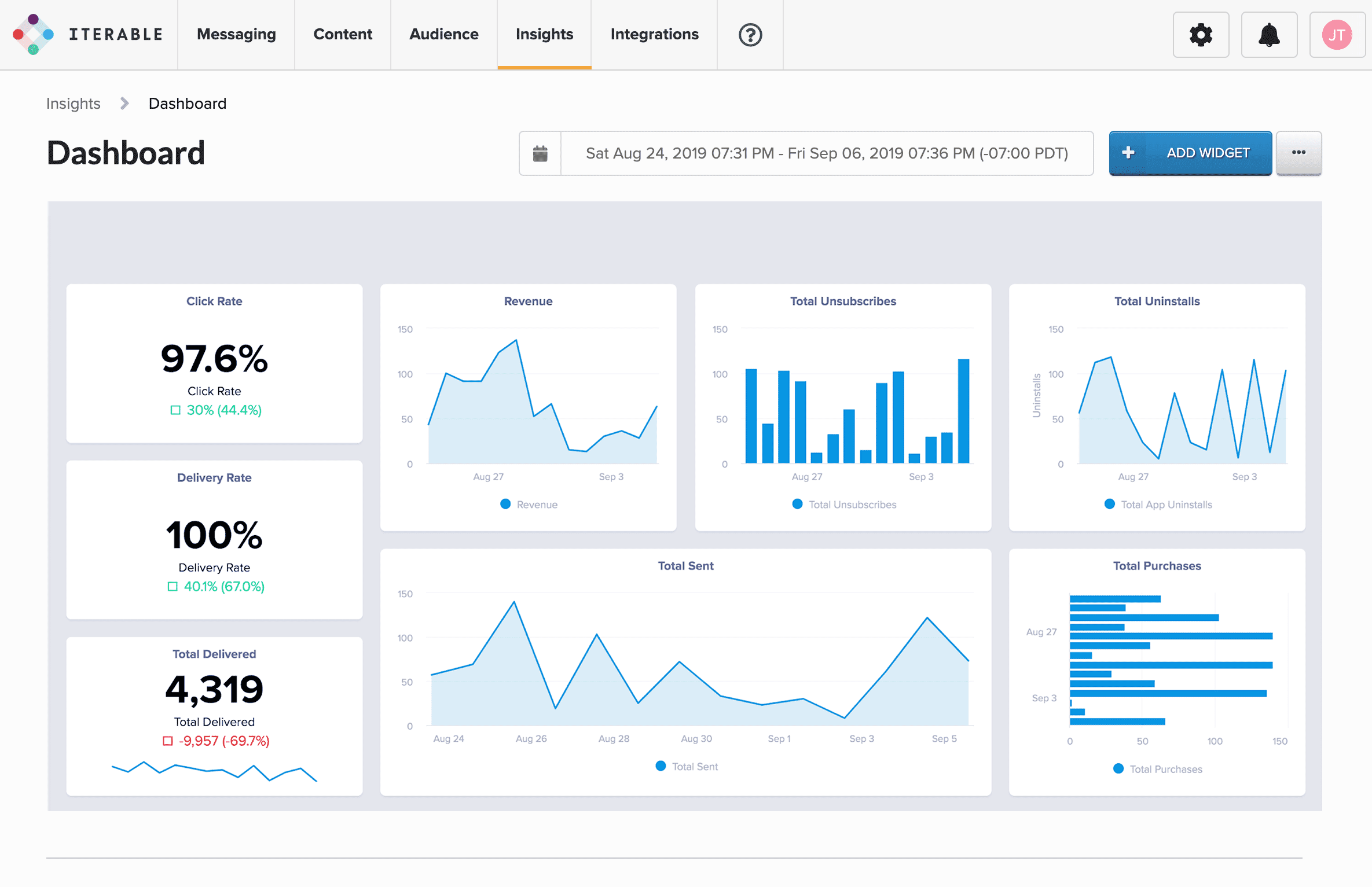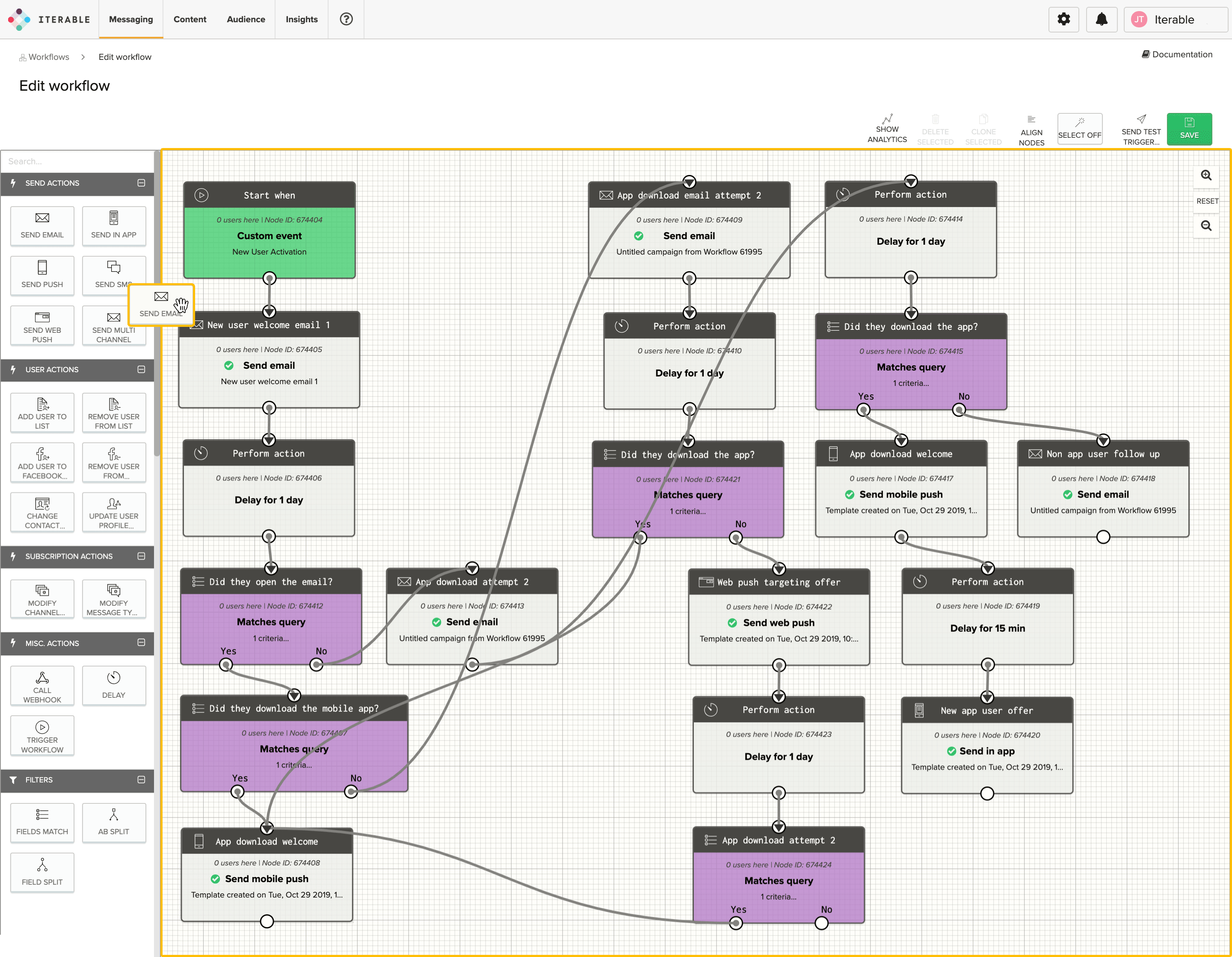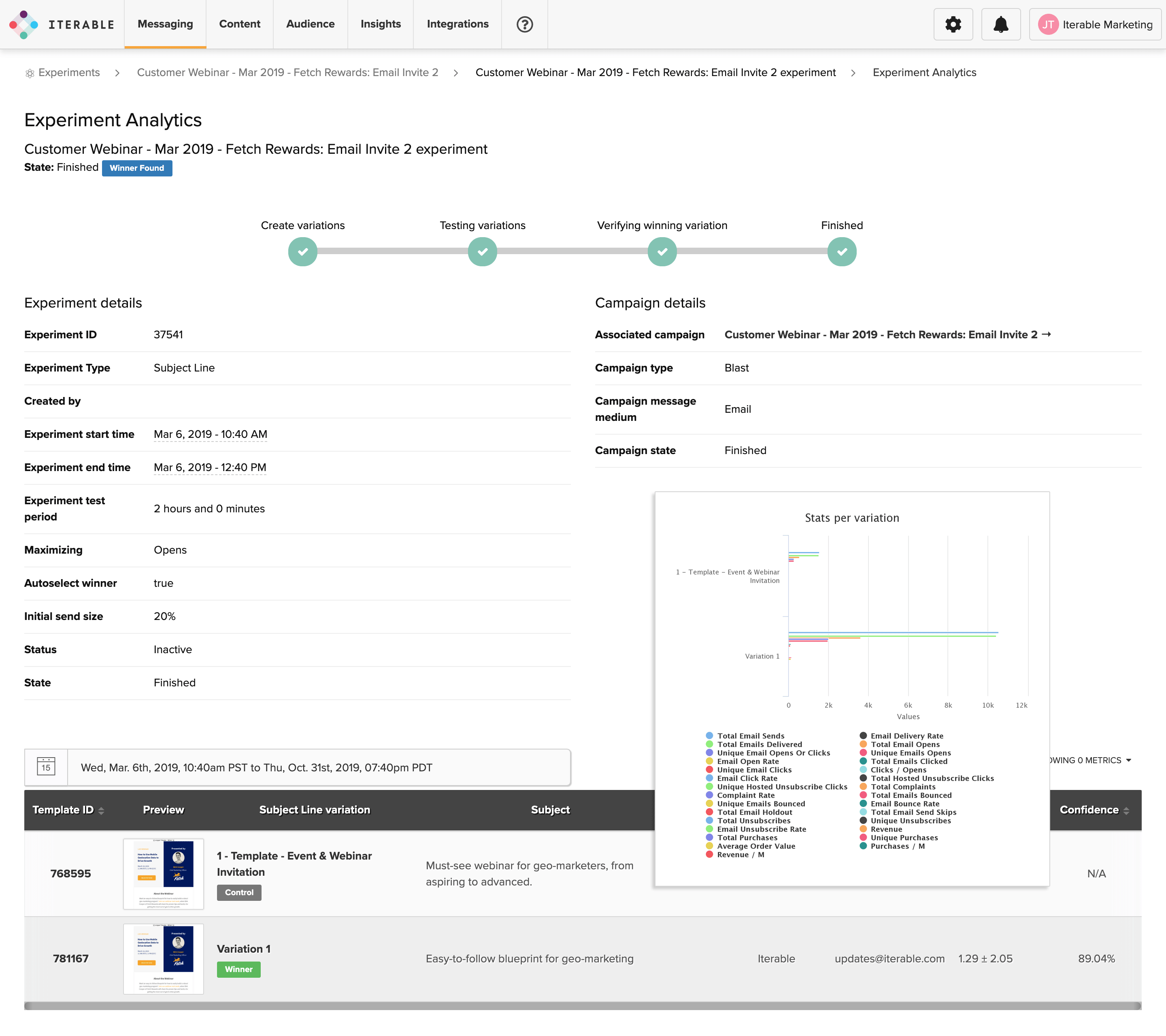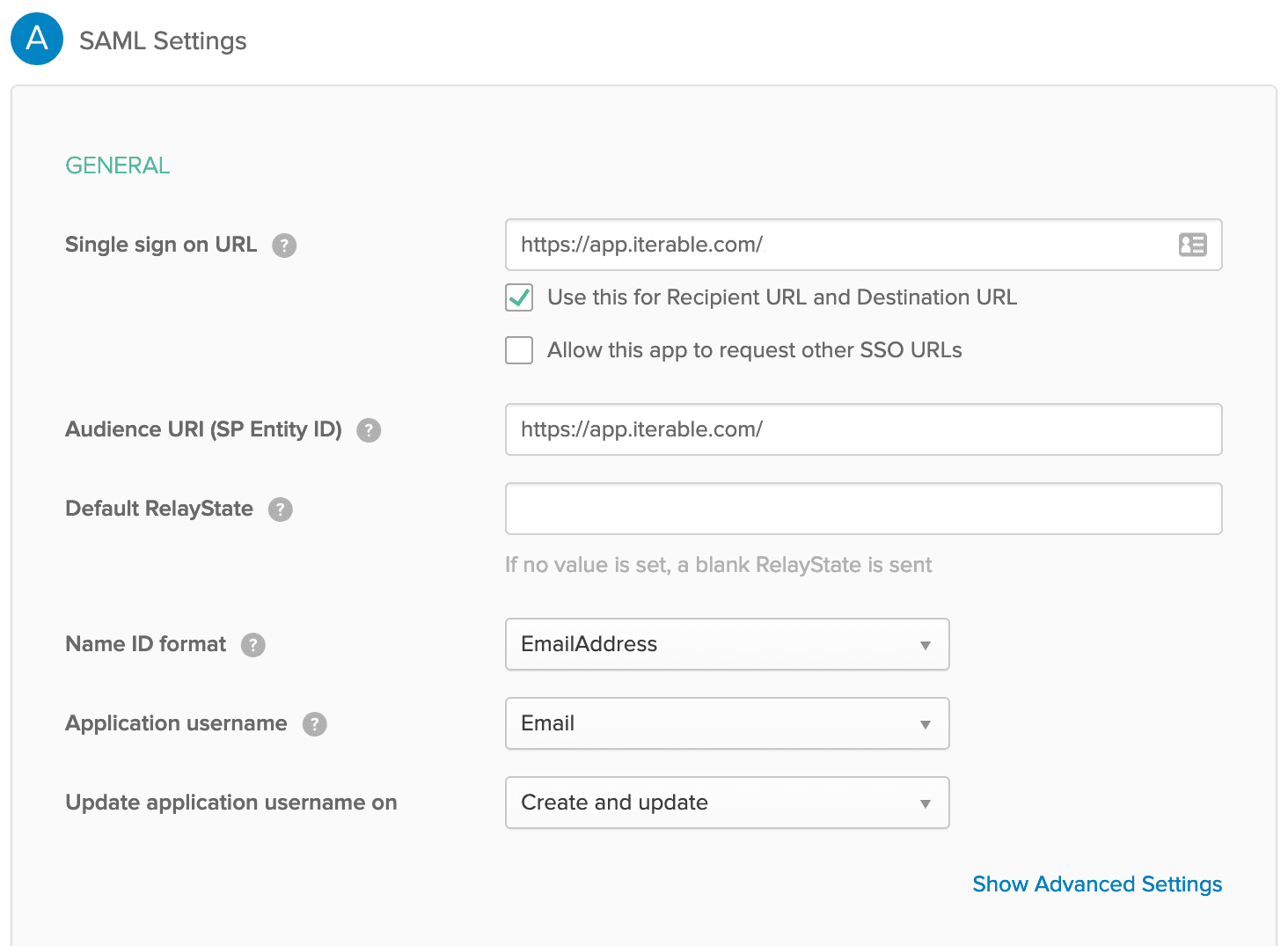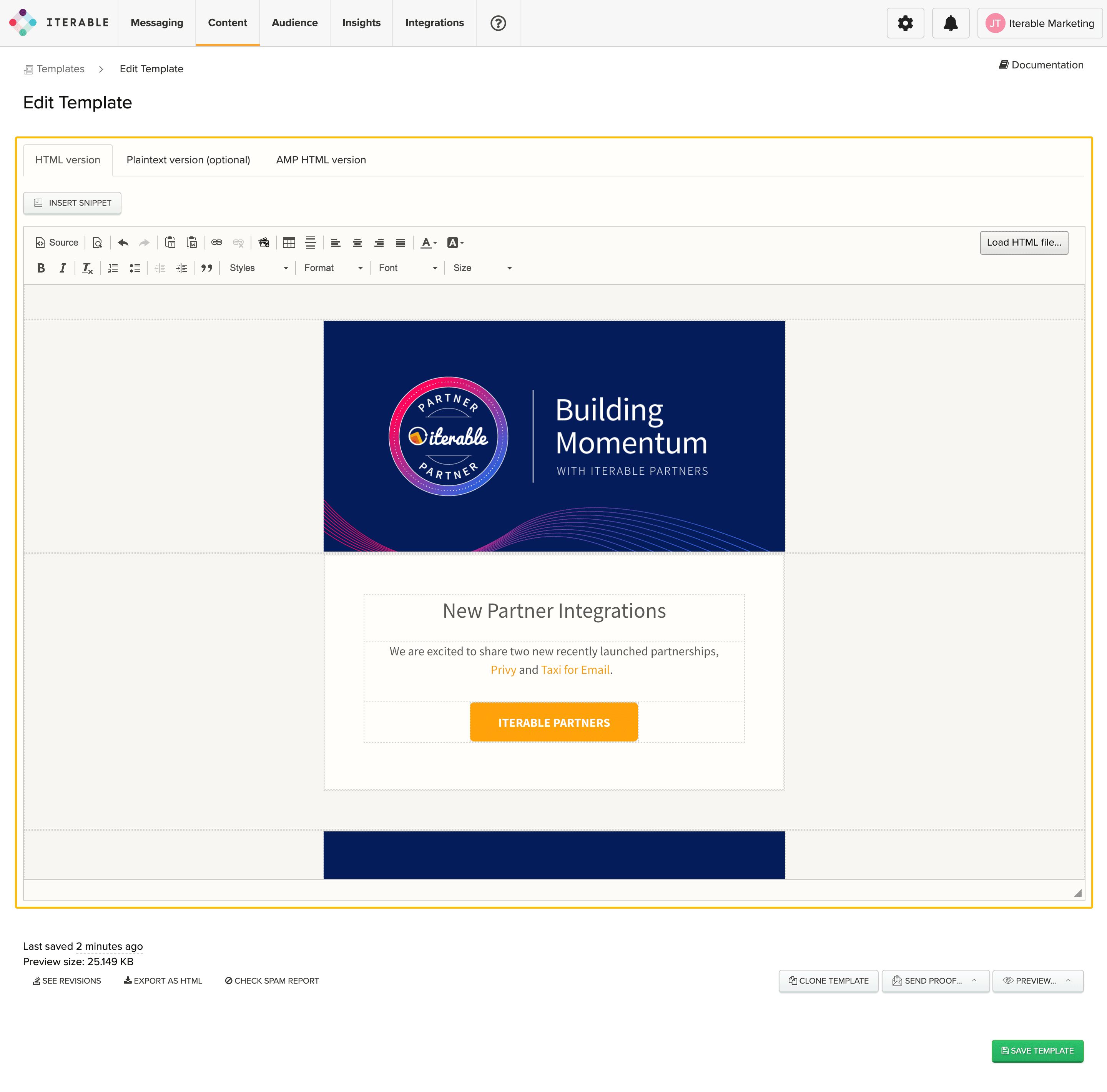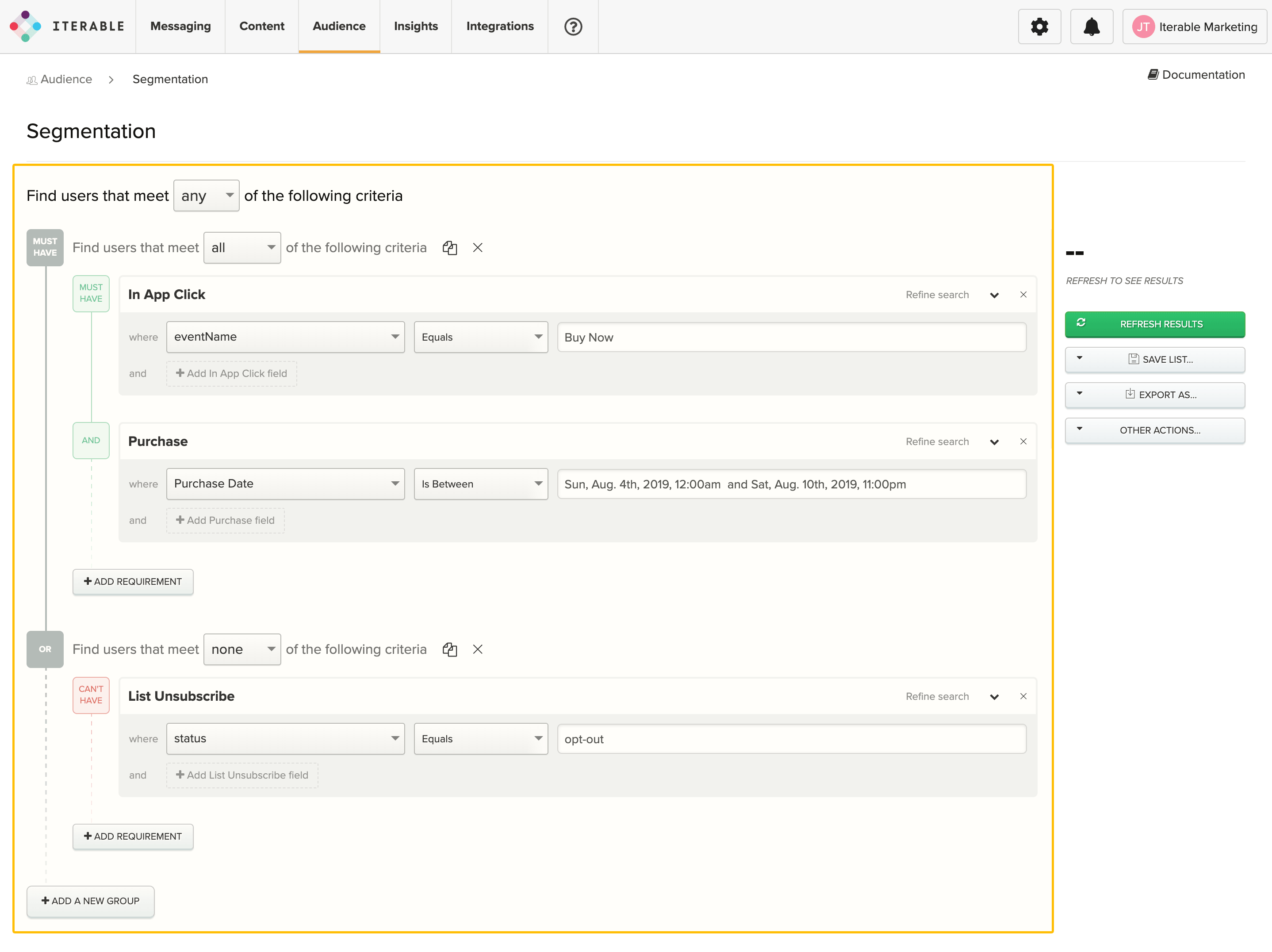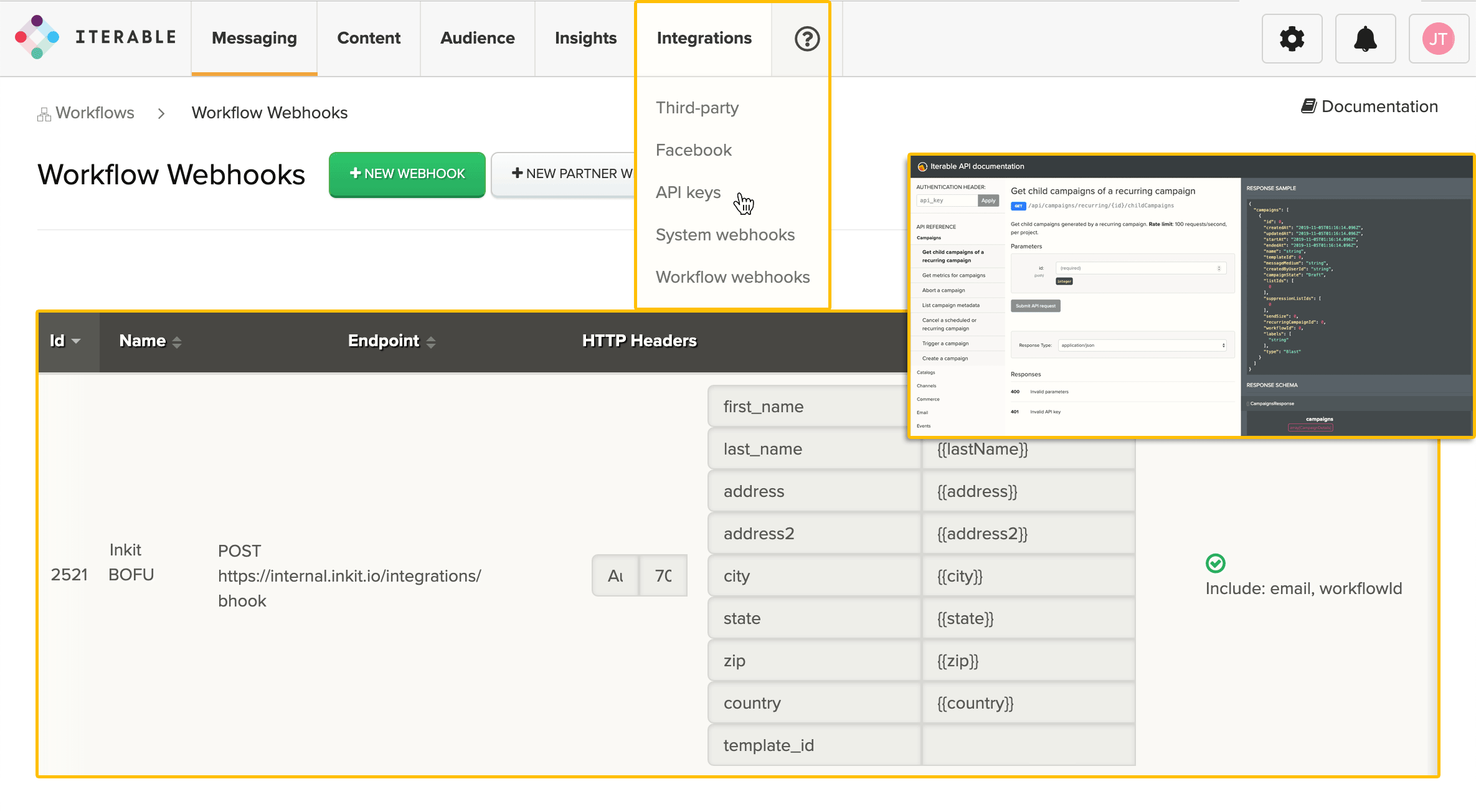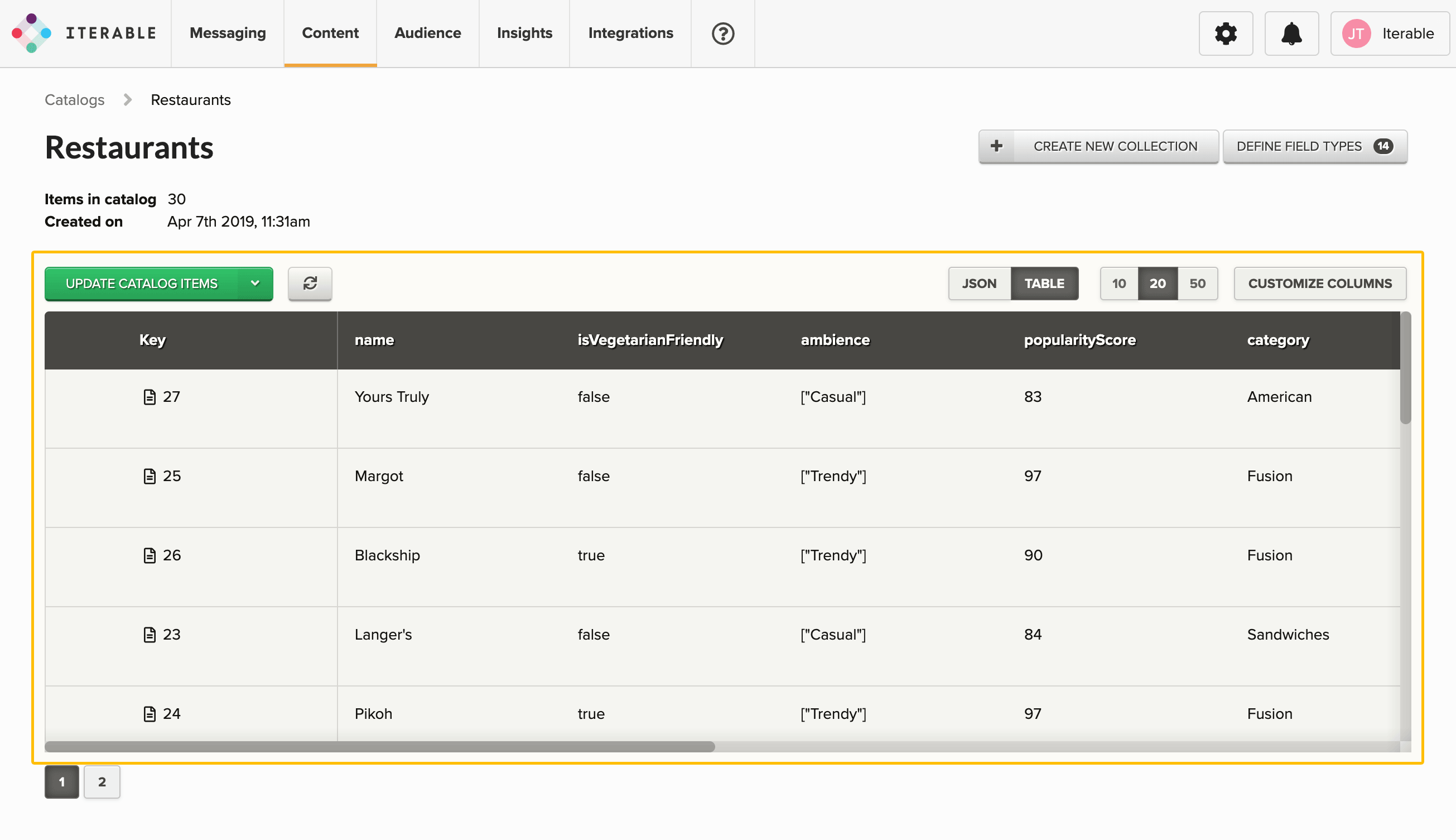Take a deeper look at what it means to be a growth marketer, and we’ll highlight some common opportunities where a growth marketing team can optimise the user experience.
Our solution for Growth Marketing
What is growth marketing?
Many marketers refer to themselves as "growth marketers” – but what does that term even mean? It's an approach to attracting, engaging and retaining customers that's focused on relentless experimentation and an intense focus on the unique, changing motives and preferences of your customers. By building and delivering highly tailored, individualised messaging aligned with your customers’ needs, you'll be able to optimise your organisation’s growth rapidly through a multitude of channels, especially the ones that matter most to your customers. Let’s take a deeper look at what it means to be a growth marketer, and highlight some common opportunities where a growth marketing team can optimise the user experience.
What does growth marketing actually mean?
Traditional marketing often relies on the same tried-and-tested techniques for reaching customers. Hold a sale, send out an email blast, run a Google Adwords campaign with the same 50 keywords. You might get some results, but returns are likely to diminish over time – you're not changing your strategy to make your budget go further, even as consumers' interests change.
In contrast, growth marketers use growth hacking techniques to experiment with different channels and strategies frequently, optimising their tests incrementally to determine how to best optimise their marketing spend. Growth hackers were keen to use a range of innovative experiments and constant analysis to increase their user base at lower costs as quickly as possible. The term itself was coined by entrepreneur Sean Ellis in 2010, when he was seeking an employee for a new marketing role. He wasn't looking for a traditional marketer who would be concerned with factors such as cost-per-acquisition; his main focus was, how can I grow my user base as quickly as possible? This question was a central concern for SaaS start-ups, which needed to outpace their competitors or they would die.
Fast forward one decade, and growth marketing has evolved past the “get-growth-quick” tactics of growth hacking. However, that doesn’t mean that successful elements of its rise to success have been forgotten. Growth marketing continues leaning into its testing, experimentation and expansion roots, and applies these principles to campaigns throughout the customer journey.
As marketing technology has advanced, so has the sophistication of the growth marketing field. Growth marketers are using A/B testing and multivariate testing to develop experiments around what content is seen and when by different user segments, and using the results to develop highly optimised strategies for each identified user segment, going down to the individual level.
Marketers can develop highly personalised campaigns that seamlessly reach users across multiple channels, enabling them to follow the users' own behavioural cues to build customised strategies that will optimise growth.
Successful growth marketers don't just grow a larger user base; they build a highly engaged audience that will help to reduce churn, as well as increase the lifetime value of each individual user. Building a highly personalised approach to marketing has been shown to cut acquisition costs in half, lift revenues by up to 15% and increase the efficiency of marketing spend by 30%.
Looking further down the funnel, growth marketing generates greater rates of customer retention and satisfaction, as well. When you prioritise delivering valuable customer experiences, you’re no longer attempting to monetise your audience. Instead of pushing content geared towards conversions and revenue, you’re now seeking new ways to add valued information to each user’s evolving journey. Growth marketing focuses on customer relationship building and fostering loyalty; it’s a long-term strategy where authenticity and engagement creates advocacy and organically grows customer lifetime values.
Core components of a growth marketing strategy
A growth marketing strategy can be based around metrics including customer acquisition rates, conversion rates, customer retention rates and customer lifetime value. Here are some of the leading tactics that today's growth marketers use to attract, convert, create and retain engaged customers. All of these tactics are used frequently in the e-commerce space, but can be useful for brick-and-mortar businesses, too.
A/B testing
A/B testing, or better yet, multivariate testing, is one of the core practices of a strong growth marketing strategy. A/B testing and multivariate can be used in a number of formats, including email marketing, landing pages, social media ads and others. This involves deploying either an "A" and a "B" test, or a series of multiple tests, to understand which variation of your content (with customisations around graphics, copy, design and other features) does a better job of engaging your audience and increasing your conversion rate. You can then optimise future marketing campaigns around that variation – continually iterating on your successes to enhance performance with every test. It's important to remember that even though the "B" test might have proved most effective with one audience segment, "C" might work better with another. Don't just send your A/B tests out in batches; focus on customised segments for each one to understand what content resonates with that particular audience group, and then keep testing new variations to enhance performance.
Cross-channel marketing
Cross-channel marketing focuses on building a strategic channel plan to reach your customers, and can include email marketing, SMS messaging, push notifications, in-app messages, direct mail and other channels, based on your audience’s preferences. When incorporating a cross-channel marketing plan into your growth marketing strategy, you need to focus on the individual user to understand their communication preferences, and then build your campaigns accordingly. A/B testing can help you first understand that a particular user responds to push message offers at a 60% higher rate than email marketing offers, for instance, so you can customise future campaigns to focus on push offers. It's also valuable to build a holistic marketing plan that integrates multiple channels, so that you will be able to engage with your audience wherever they are, using contextual campaigns that help you understand their past behaviour across each platform.
Customer lifecycle
A customer lifecycle is the journey your customers embark on as they learn about, interact with, buy or convert and re-engage with your company. For simplification, there are three critical lifecycle stages that growth marketers focus on: activation, nurture and reactivation. Each stage plays a specific role as a contributing factor to customer experience and is often marked by specific campaigns.
The activation stage is the initial stage of the lifecycle where companies seek to activate consumer attention and interest. Growth marketers target customers with welcome, onboarding, trials and other introductory campaigns to build familiarity and credibility.
The nurture stage is where companies nurture and engage consumers to strengthen relationships. This stage typically accounts for the majority of cross-channel marketing customers receive from brands: sales, promotions, recent updates, newsletters and more.
The final reactivation stage focuses on re-engagement. It’s this stage where companies reactivate customer engagement to drive retention and loyalty through campaigns like: post-purchase, abandonment, loyalty or win-backs.
No single stage outweighs another in terms of importance. Customers naturally progress through this lifecycle at their own speed, but growth marketers proactively accommodate their changing needs using an arsenal of need-specific campaigns.
Examples of growth marketing campaigns
Next, let's take a look at a few types of growth marketing campaigns in action. Growth marketing strategies can be used effectively to support a range of goals, including incentivising existing customers to participate in referral programmes, engaging new customers and top-of-funnel engagement, to name a few.
Loyalty
Customer retention ensures the customers you spent time and effort acquiring continue buying more of your products and services. Your customers have more choice than ever when it comes to deciding what to buy and who to buy it from, so brands must continually earn customer trust. Demonstrating to your customers that, yes, they are more than just a name and pound sign inside your database can increase brand sentiment. Loyalty campaigns are a great way to keep your engaged customers coming back for more. For example, if your brand has a membership programme, find ways to incentivise their experience as a nod to their patronage. Campaigns promoting offerings like exclusive access, sneak previews or tiered status rewards validate ongoing loyalty to your brand. Taking cues from historical customer conversions and reinforcing those desirable behaviours with segmented loyalty campaigns can keep your brand near and dear to your customers’ hearts.
Referral programmes
Marketers are constantly testing and optimising offers to help attract new users through their most efficient source of advertising: existing customers. Nielsen found that 83% of consumers trust recommendations from friends and family more than any other source of advertising, so a strong referral can serve as powerful social proof for engaging new users. In order to test referral offers, consider segmenting audience groups and offering one type of incentive to one group and another to the other group: the goal is to find the sweet spot where you're maximising referral conversions per pounds spent. Look to successful SaaS brands for examples of best-in-class referral programmes: Dropbox, for instance, began offering a two-sided referral programme, in which both the current user and the referred user received 500MB of storage space for free upon the referred user's sign-up. The company was able to drastically reduce its ad spend to acquire new users, and increased overall sign-ups by 60%.
Onboarding
Once a new customer has signed up for your product or website, you have an ideal opportunity to drive their engagement with your brand and collect more data that can help you build better experiences. Remember, you’re aiming to enhance the customer journey for your new users, so deploying a multi-channel onboarding sequence where they’re likely to engage with meaningful content can help. For example, your first message might be a simple "Welcome!" message, followed shortly after by a message asking users what types of products they're most interested in. Another message might ask whether they prefer receiving notifications via email or mobile. You can then continue the sequence based on the user's expressed preferences, and optimise the future offers you present to them to maximise their engagement.
Top-of-the-funnel engagement
When you're trying to attract new customers, pushing too hard for an immediate sale can be an instant turn-off. Instead, you want to build a long-term strategy that helps them gain familiarity with your brand so they can take that next step on their own terms. In this case, a strategy focused on content marketing can help your brand demonstrate thought leadership expertise and engage new customers who might want to buy from you in the future. Build out targeted buyer personas to understand who your prospects are, and develop content designed to appeal to each of them. Your calls-to-action can be to opt in to your email newsletter or get a free offer, such as an ebook or checklist. You can attract your target audience through organic social media channels as well as paid social ads and retargeting, using A/B testing to optimise your social sharing, ads and content headlines to maximise engagements and form conversions.
Today, we have the tools and technologies to make every marketer a growth marketer. Your focus should be on continually testing and optimising for higher engagement and a better customer experience, using strategies to attract customers based on highly personalised preferences. Make sure that, as you experiment with new strategies, you're constantly collecting data as you go, so that you can build, test and iterate along the way to continually enhance the customer journey.
Activate customer data stored inside your marketing stack to create campaigns that leverage behaviour-based personalisation. Using engagement and interaction data gathered across all sources, Iterable can trigger individualised cross-channel messaging in real time at enterprise scale.
Empower your marketing and forge deeper customer connections. Iterable AI encompasses Send Time Optimisation, Brand Affinity™ and Engagement Optimisation to automate routine tasks, accelerate growth and deliver deeper, more meaningful experiences with built-in intelligence at every step of the customer journey.
Quickly visualise your campaigns and understand your entire marketing programme at a glance with Iterable Insights. Customise your reporting and visual dashboards with interchangeable widgets that help you track and share performance with your team.
Compose lifecycle campaigns that activate, nurture and re-engage customers across all messaging channels. With our drag-and-drop Workflow Studio, you can create sophisticated lifecycle marketing programmes using unlimited data points in real time. Iterable’s workflows can update user profiles, apply filters and delays and trigger cross-channel messaging to create unique 1:1 experiences for your customers.
Experiment and iterate on demand to determine the right content, channel and cadence for each user. Leverage best-in-class A/B and multivariate testing that auto-selects winning content to boost opens, clicks and conversions.
Our Facebook Custom Audiences integration allows you to create lookalike audiences and retarget users on social media. Enhance cross-channel effectiveness and drive brand awareness with a social media experience that complements your outreach.
Enterprise-ready security and operational processes ensure secure deployment into your martech stack. Comprehensive security features like SSO/SAML, privacy compliance, account provisioning and access controls keep your marketing operations protected as you grow.
Intuitively create message templates ready for use across any channel: email, SMS, mobile push, mobile in-app, direct mail and web push. With WYSIWYG and drag-and-drop functionality, marketers have all the resources they need to bring their creative campaigns to life.
Filter and segment customers from any data type stored inside rich user profiles. Understand every customer’s unique characteristics and preferences by storing hundreds of demographic and custom event data fields. Allowing you to run advanced segmentation in seconds without coding or support from an Engineering team, all from the Iterable UI.
Our platform architecture enables the rapid ingestion, activation and expansion of your brand’s consumer-centric data. Our flexible data model, modern APIs and universal webhooks retrieve information from any source at virtually unlimited scale. Leverage all your subscribers’ demographic, behavioural and event data – both internal and from third parties – in real time to trigger personalised messaging and campaigns.
Create and send native SMS, in-app and push campaigns to iOS and Android devices, all from a single workflow. Mobile push and in-app notifications can be customised with sounds, images, videos and action buttons – all the elements needed to create engaging and valuable content for your users.
A growth hacker is singularly focused on increasing new user growth through top-of-funnel experiments. A growth marketing manager, on the other hand, focuses on the entire customer journey across the lifecycle to improve every aspect of their experience with your brand in order to retain, renew and positively increase customer lifetime value.
A growth marketing team can be small and agile, focused solely on strategy and analysis. With a growth marketing platform, you don’t need a team of designers or engineers to make tweaks to your campaigns – your strategists can test, iterate and optimise independently.
Yes, we’ve identified a number of marketing agencies that can support brands with best-in-class growth marketing support. Check out our Partners page and filter for “Services”.



























